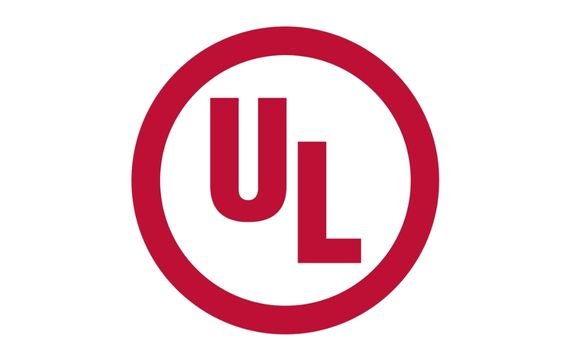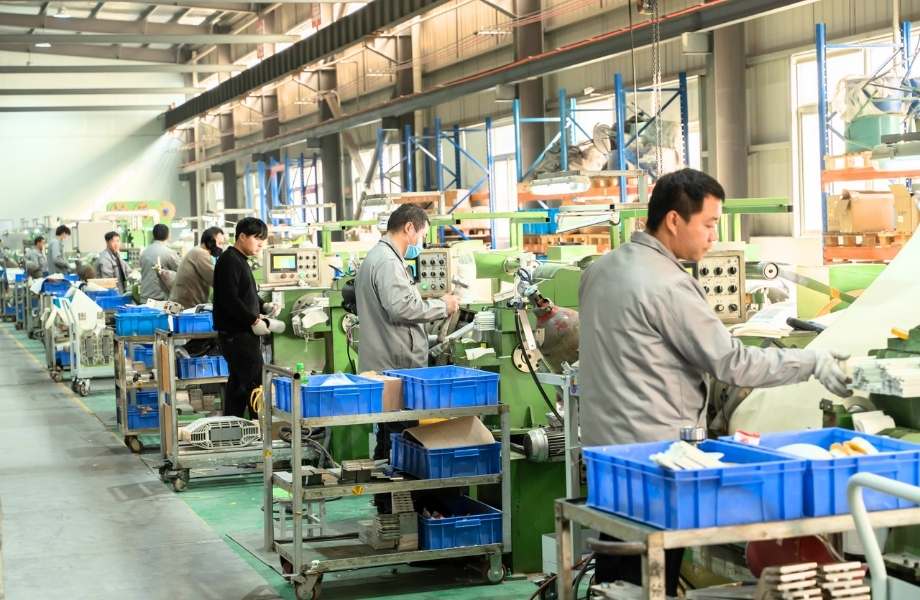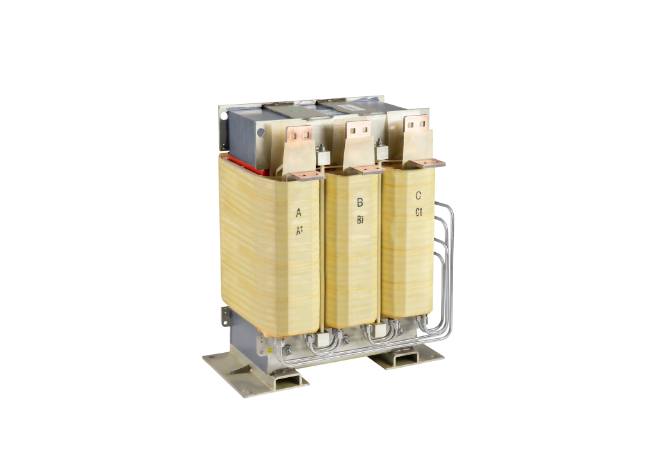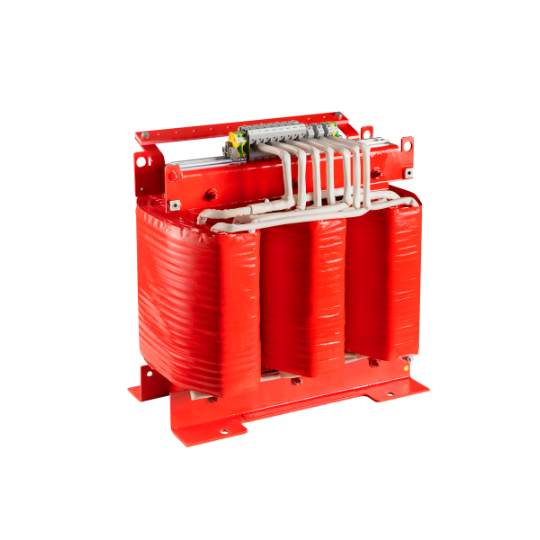Water Cooled Reactor
Shinenergy‘s water cooled reactor is especially for big power wind turbine converters, adopting water as the cooling medium. Generally, the cooling medium of the dry-type transformer is air or water.
- H grade insulation class
- The flow speed is above 10L/min
- Low temperature rise
- CE, UL certificated

UL Certified Water Cooled Reactor
Certified by UL E345752, Shinenergy’s water cooled reactor could be applied not only in China but also abroad.
H Grade Insulation Class
The insulation class of Shinenergy’s water cooled reactor is H class, which means the highest temperature could be 135 celsius degrees. The temperature rise could be 90K.

- Data sheet
- FAQs
| Model No. | MPR-022 |
| Application | Wind power generation |
| Core Material | Silicone steel core |
| Winding Material | Aluminum foil |
| Cooling Method | Water Cooling |
| Rated Current | 1000A |
| Rated Inductance | 0.05mH |
| Switching Frequency | 2.5KHZ |
| Weight | 160KG |
Q1: What kind of water could be used for the cooling medium of the water cooled reactor?
A1: The water quality is clear and free of impurities. Soft water is best to avoid scaling copper pipes. The water temperature should be less than 29 degrees Celsius, and the maximum should not exceed 32 degrees Celsius. The water volume should be sufficient, and the water pressure should generally be 0.2-0.4Mpa
Q2: What’s the function of the water cooled reactor?
A2: Silimar as the typical reactor, the main functions of the water cooled reactors are to filter out high-frequency harmonics, smooth voltage defects generated during power supply voltage commutation, prevent grid voltage mutations and current impacts caused by operating overvoltages, effectively protect frequency conversion equipment and improve power factor.

The main features of Shinenergy’s water cooled reactor?
The main features of shinenergy’s water cooled reactor are 1. Water and electricity separated structure, easy to maintain; 2. Using high-quality grain-oriented silicon steel sheet, low loss; 3. It can work in an environment with poor heat dissipation and low-temperature rise.






